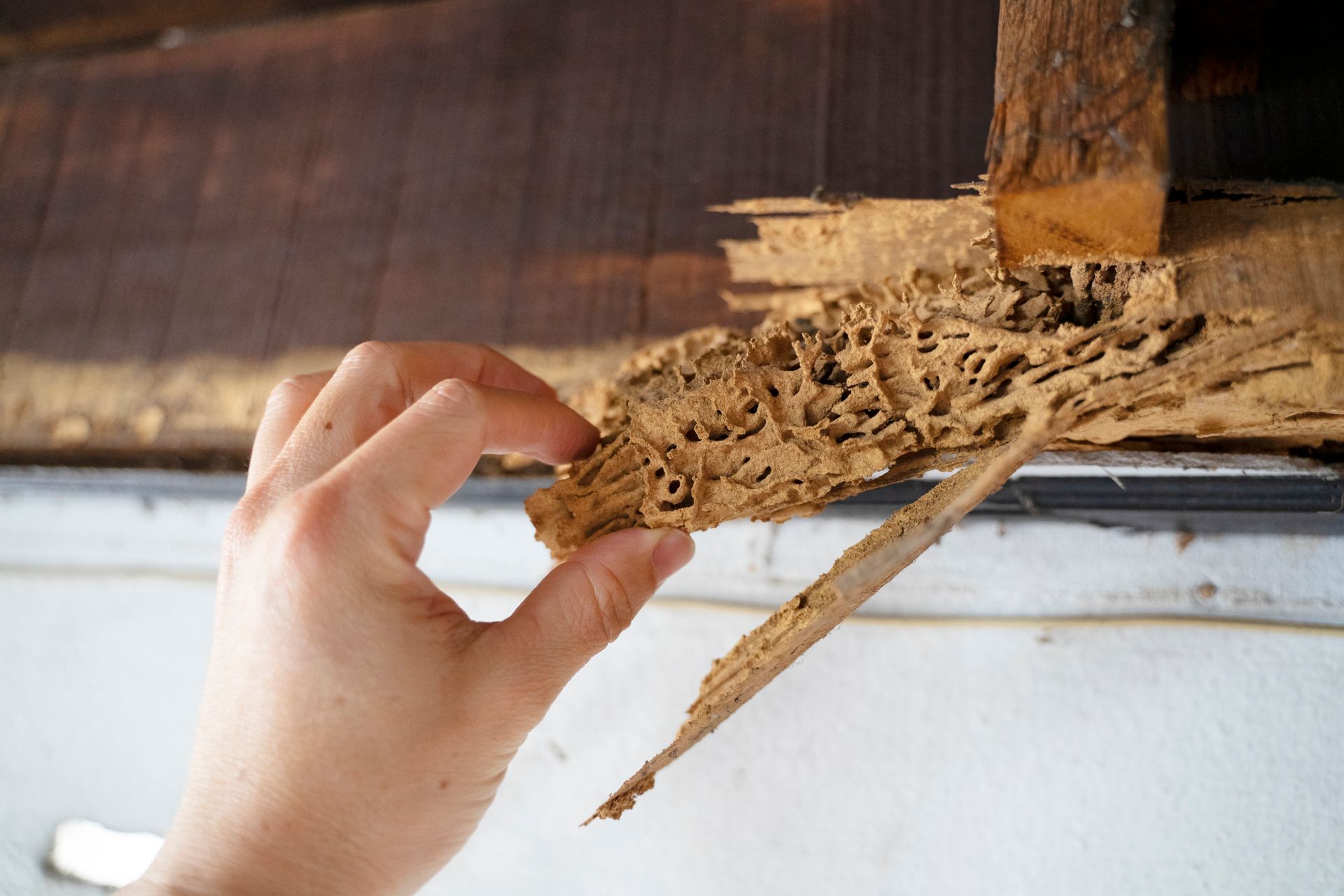Foundation Issues
Many hairline foundation cracks are usually caused by regular temperature expansions and contractions, differential soil settlements, and the movements of dissimilar building component materials. Suppose an inspection of the exposed exterior areas and the corresponding interior walls and ceilings reveals any visible evidence or damage usually associated with foundation failure. In that case, General Inspection will recommend that further analysis by a qualified foundation repair specialist or a structural engineer be performed before you purchase the home.
The average settlement or the subsidence and consolidation process of the soils underlying the foundation slab may require up to 30 years to complete, with most of the consolidation generally occurring within the first few years. Depending upon the composition, the percentage of voids, and the moisture content of the underlying soils, "settlement" may be "dormant" or still "active." Geotechnical (soil) investigations and analysis are required to accurately and ultimately make this determination. They are recommended should this be of concern to the clients.
Settlement of your home is a natural occurrence. Most lending institutions, architects, and structural engineers use the general settlement standard greater than 1" in 10' as an unacceptable degree of foundation settlement or point at which foundation failure has occurred. Remember that most slab foundations must still be finished at a perfectly level grade. There is no one correct way to build or repair a house, so opinions may differ on how to or need to repair a foundation.
Foundation failure, therefore, becomes a subjective conclusion based on the structural deflection and the experience of the individual observing the structure.
The Baton Rouge area primarily comprises expansive clay soils that act like sponges. As they absorb water, they swell; as they lose water, they shrink. Soils tend to dry out (and shrink) during the summer and to absorb water (and swell) during the winter and spring.
As the soil under a house shrinks and swells with the seasons, the house and foundation will move up and down. As long as the foundation movement is not significant enough to damage the home and/or foundation, most people do not consider the movement to be a foundation repair problem. Suppose the up and down movement of a house foundation always returns the house foundation to its original level position. In that case, damage to the house and foundation may appear and disappear regularly as the seasons change.
Suppose a homeowner wishes to stop seasonal house and foundation damage. In that case, the first action should be following a controlled watering program. By keeping the moisture content of the soil under the house foundation constant, foundation movement can often be stopped. This has been written to assist the homeowner in performing a simple foundation repair preventive maintenance program.
A foundation repair preventive maintenance watering program aims to maintain a constant moisture level in the soil under the house and foundation. The best way to water a foundation is to place a soaker hose one to two feet from the foundation's edge. Placing the hose a short distance from the foundation allows the water to soak into the soil evenly.
The hose should not be placed against the foundation. When soil has dried and cracked, water can travel along the cracks for several feet in all directions. Suppose the soil around your foundation is dried and cracked. In that case, water placed next to the foundation will run through the cracks and accumulate at the bottom of the grade beam (the thick portion of the foundation under the exterior walls). In some cases, an accumulation of water in the soil at the base of a foundation can cause the soil to lose some of its load-bearing capacity. The house will sink into the ground if the soil loses enough load-bearing capacity.
It is necessary to water more during hot, dry weather and less during cold, damp weather. The amount of water required to stabilize a foundation during the summer can be surprisingly large. A single large tree can remove as much as 150 gallons of water, or almost 20 cubic feet, from the soil daily. Shrubs and other plants can also remove large quantities of water. During persistent hot, dry weather, it may be necessary to water a foundation daily. Watering should supply enough water to keep the moisture content in the soil under the foundation constant. If the amount of water applied is only enough to keep the surface damp, the watering program will not work. Obviously, the homeowner is the only one who can weigh the benefits of controlling foundation movement versus the increased size of the water bill.









Visit Us
Baton Rouge, LA
Payment Options







More Info
LSBHI License # 10252
All Inspections and Mold Surveys Performed by Michael Armshaw Certified Master Inspector
LSBHI, InterNACHI, Baton Rouge Realtors Association
Licensed, Insured and Bonded